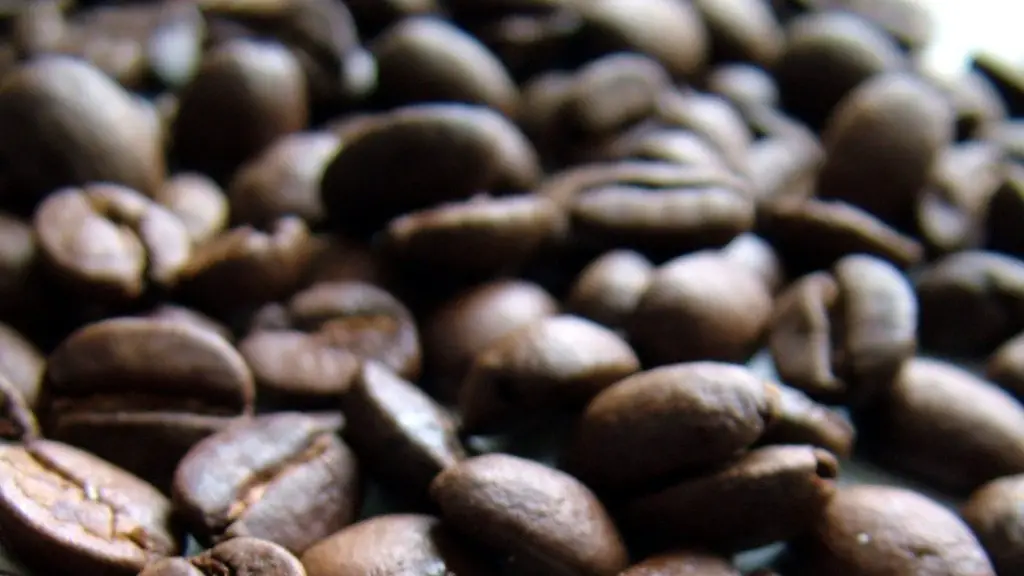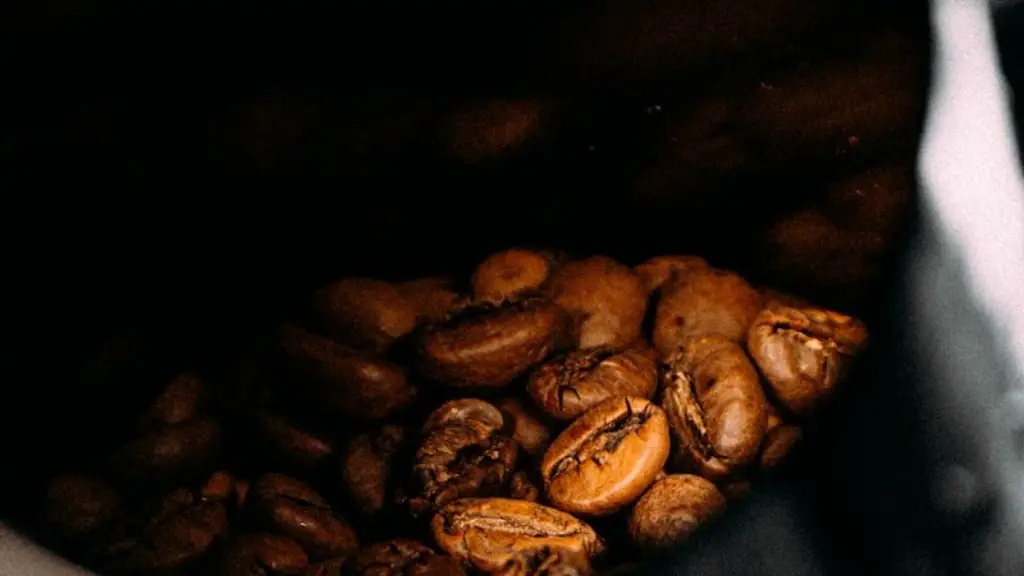Have you ever imbibed a cup of joe, only to feel nauseated afterwards? Coffee is usually known to be an energizing pick-me-up, but sometimes it can hit our stomachs a little too hard for comfort. You don’t have to suffer any longer! Here are some tips on how to eliminate nausea after that morning cup of java.
The key to avoiding any adverse reactions is to stay with lighter roasts. Coffee beans labeled as “light-roast” are regarded as more healthful than their darker counterparts because they maintain the highest concentration of antioxidants. Choosing to imbibe non-GMO, organic, and fair-trade varieties can also help regulate blood sugar levels while protecting the digestive process.
Are you a fan of espresso? While it’s a personal favorite of many and packs a wicked punch, it’s easy to overindulge. Instead of gulping down several shots in one morning, try to limit your espresso intake to one or two shots per day and see how it works for you.
Alternatively, save your espresso indulgence for later part of the day, and use cold brews or decafs to start off your morning. Due to its lower acidity, cold brews present less of an upset to the digestive system, thereby reducing the risk of feeling nauseated.
Decaffeinated coffee isn’t just for the faint of heart, either. Some research shows that there is still a significant amount of benefit to be gained from the coffee extract itself. For example, decaf coffee reduces swelling while soothing muscle cramps, both of which can make coffee drinking more comfortable.
The grind of coffee can also affect your digestive response. Finer grounds tend to correspondwith higher acidity levels. If possible, choose a coarser grind of coffee beans that will require a longer extraction.
Finally, don’t forget to stay hydrated. This means drinking water in addition to your coffee. Not only is this better for your health, but it will help make sure you don’t feel sick from your coffee indulgence.
Choose the Right Kind of Coffee Beans
There are several varieties of coffee beans available for consumption. Arabica and robusta beans are considered the two most popular types, but regardless of what kind you choose, it’s always best to make sure that the beans are of the highest quality. Organic and fair trade varieties are the best option, as they have the lowest levels of contamination. These beans are also packed with essential minerals and vitamins that can help protect your stomach lining.
In addition to the bean variety, you should also pay close attention to the roast as this will determine how easy or hard it is for your stomach to absorb the coffee. Light roasts are considered to be the healthiest choice as they maintain the highest levels of antioxidants, which can help protect your body from free radical damage. On the other hand, dark roasts can give you a good jolt of energy but will likely irritate your stomach.
Be Mindful Of Your Intake
One of the most beneficial things you can do to avoid feeling nauseous after coffee is to be mindful of your coffee intake. This means that you should focus on drinking a moderate amount of coffee throughout the day, as opposed to gorging on a large cup of coffee in the morning. Choose your coffee wisely and stick to one or two cups a day.
If possible, try and focus on decaf coffees and cold brews in the morning. These beverages have lower acidity levels, which can help protect your stomach from inflammation. On top of that, decaf coffees still contain beneficial properties that may help reduce muscle cramps and swelling.
For those of us who enjoy a good espresso, take a moment to consider when you should indulge. Espressos pack a lot of punch and can be quite easy to overindulge. Try to limit your espresso intake to one or two shots a day, or consider shifting your espresso drinking to the later part of the day.
Choose Lower Acidity Options
Acidity can lead to nausea and an upset stomach, so paying close attention to the acidity levels in the coffee you drink is essential. Lighter roasts tend to have fewer tannin molecules which makes them appear less acidic than their darker counterparts. Many light-roast varieties also maintain a higher concentration of antioxidants, which can help improve digestion, protect the stomach lining, and reduce inflammation all round.
Alternatively, if you’re after a darker roast, try looking for varieties labelled as low-acid or low-impact. These coffees are specially designed for delicate stomachs and contain fewer acidity levels.
Keep Your Body Hydrated
An easy way to combat the issue of nausea after drinking coffee is to stay hydrated. This helps your body maintain the right balance of minerals and nutrients to help break down food quicker and more effectively. Whenever you drink coffee, make sure to also have a glass of water by your side. This can help to prevent dehydration, which is an essential factor in avoiding upset stomach and any side effects.
Grind Matters
Finally, the grind of your coffee beans will also affect your digestive system. If you’re using pre-ground beans that are very finely ground, these will have higher acidity levels and may be more difficult to digest. Alternatively, if you’re grinding your own beans, consider choosing a coarser grind. This will promote a longer extraction process and prevent the beans from becoming too acidic.
Stick to The Basics and Avoid Artificial Sweeteners
To ensure optimal health benefits, try to stick with the basics and opt for natural sugar alternatives as opposed to artificial sweeteners. Natural sweeteners, like coconut or stevia sugar, help to reduce inflammation and can help keep nausea at bay.
On the other hand, artificial sweeteners are known to irritate the stomach and can cause serious digestion issues. Even with natural sweeteners, it’s important to pay attention to how they’re used. Just a few teaspoons of sugar can go a long way and can make a large difference in how your stomach reacts.
Questions to Ask Before Choosing Your Coffee
If you’re prone to feeling nauseous after drinking coffee, it pays to take the time to think about what kind of coffee you’re drinking. Here are a few questions to ask yourself:
- What kind of bean are you drinking? Is it organic, non-GMO, and fair trade?
- What kind of roast is it? Is it light or dark?
- Are you drinking decaffeinated or regular coffee?
- What kind of grind should you use? Is it a finer or coarser grind?
- Are you using natural sweeteners or artificial ones?
Asking yourself these few questions will give you a better understanding of what kind of coffee is best for you and what changes you need to make in order to ensure that you don’t feel nauseous after drinking coffee. Remember – the goal is to ensure that you enjoy your cup of joe without any negative side effects on the digestive system.





